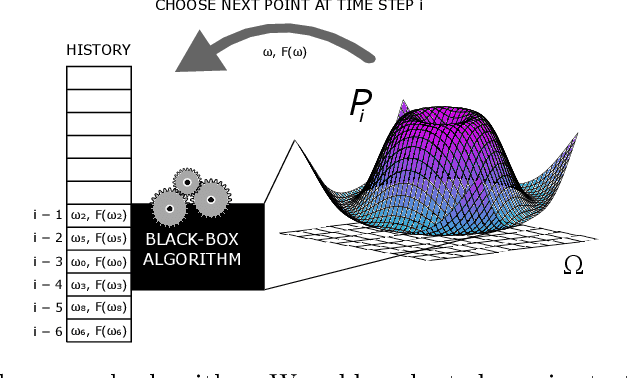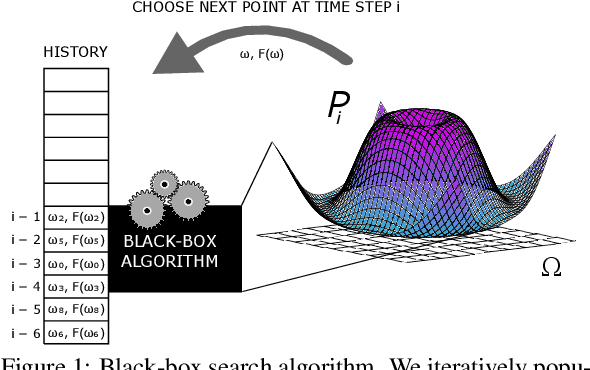Jake Williams
Von Mises Mixture Distributions for Molecular Conformation Generation
Jun 13, 2023Abstract:Molecules are frequently represented as graphs, but the underlying 3D molecular geometry (the locations of the atoms) ultimately determines most molecular properties. However, most molecules are not static and at room temperature adopt a wide variety of geometries or $\textit{conformations}$. The resulting distribution on geometries $p(x)$ is known as the Boltzmann distribution, and many molecular properties are expectations computed under this distribution. Generating accurate samples from the Boltzmann distribution is therefore essential for computing these expectations accurately. Traditional sampling-based methods are computationally expensive, and most recent machine learning-based methods have focused on identifying $\textit{modes}$ in this distribution rather than generating true $\textit{samples}$. Generating such samples requires capturing conformational variability, and it has been widely recognized that the majority of conformational variability in molecules arises from rotatable bonds. In this work, we present VonMisesNet, a new graph neural network that captures conformational variability via a variational approximation of rotatable bond torsion angles as a mixture of von Mises distributions. We demonstrate that VonMisesNet can generate conformations for arbitrary molecules in a way that is both physically accurate with respect to the Boltzmann distribution and orders of magnitude faster than existing sampling methods.
Limits of Transfer Learning
Jun 23, 2020

Abstract:Transfer learning involves taking information and insight from one problem domain and applying it to a new problem domain. Although widely used in practice, theory for transfer learning remains less well-developed. To address this, we prove several novel results related to transfer learning, showing the need to carefully select which sets of information to transfer and the need for dependence between transferred information and target problems. Furthermore, we prove how the degree of probabilistic change in an algorithm using transfer learning places an upper bound on the amount of improvement possible. These results build on the algorithmic search framework for machine learning, allowing the results to apply to a wide range of learning problems using transfer.
Decomposable Probability-of-Success Metrics in Algorithmic Search
Jan 03, 2020
Abstract:Previous studies have used a specific success metric within an algorithmic search framework to prove machine learning impossibility results. However, this specific success metric prevents us from applying these results on other forms of machine learning, e.g. transfer learning. We define decomposable metrics as a category of success metrics for search problems which can be expressed as a linear operation on a probability distribution to solve this issue. Using an arbitrary decomposable metric to measure the success of a search, we demonstrate theorems which bound success in various ways, generalizing several existing results in the literature.
Photographic home styles in Congress: a computer vision approach
Dec 05, 2016



Abstract:While members of Congress now routinely communicate with constituents using images on a variety of internet platforms, little is known about how images are used as a means of strategic political communication. This is due primarily to computational limitations which have prevented large-scale, systematic analyses of image features. New developments in computer vision, however, are bringing the systematic study of images within reach. Here, we develop a framework for understanding visual political communication by extending Fenno's analysis of home style (Fenno 1978) to images and introduce "photographic" home styles. Using approximately 192,000 photographs collected from MCs Facebook profiles, we build machine learning software with convolutional neural networks and conduct an image manipulation experiment to explore how the race of people that MCs pose with shape photographic home styles. We find evidence that electoral pressures shape photographic home styles and demonstrate that Democratic and Republican members of Congress use images in very different ways.
 Add to Chrome
Add to Chrome Add to Firefox
Add to Firefox Add to Edge
Add to Edge